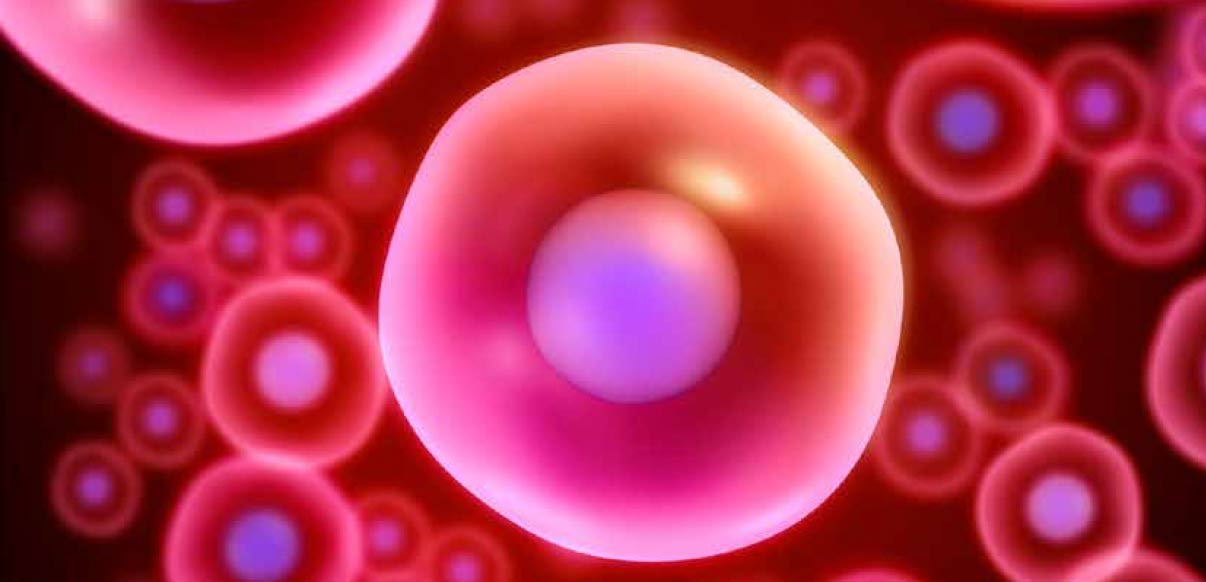The Science Behind the Magic

Meet the Stem Cell Team
Each stem cell plays its own vital role in producing a radiant, youthful glow while promoting firm, healthy skin that is soft to the touch.
The Architect of the Skin
Organizes and re-densifies the vital structures of the dermis, strengthening the foundation to create radiant, supple, and smooth skin.
Citrustem™

Orchistem™

The Communicator
Improves communication between stem cells and essential building blocks, amplifying the effects of all stem cells and resulting in unparalleled rejuvenation of the skin.
The Immortality Flower
Captures the essence of immortality by supercharging your cells' abilities to self-renew while disposing of harmful build-ups of cellular waste
Altheostem™

Lingostem™
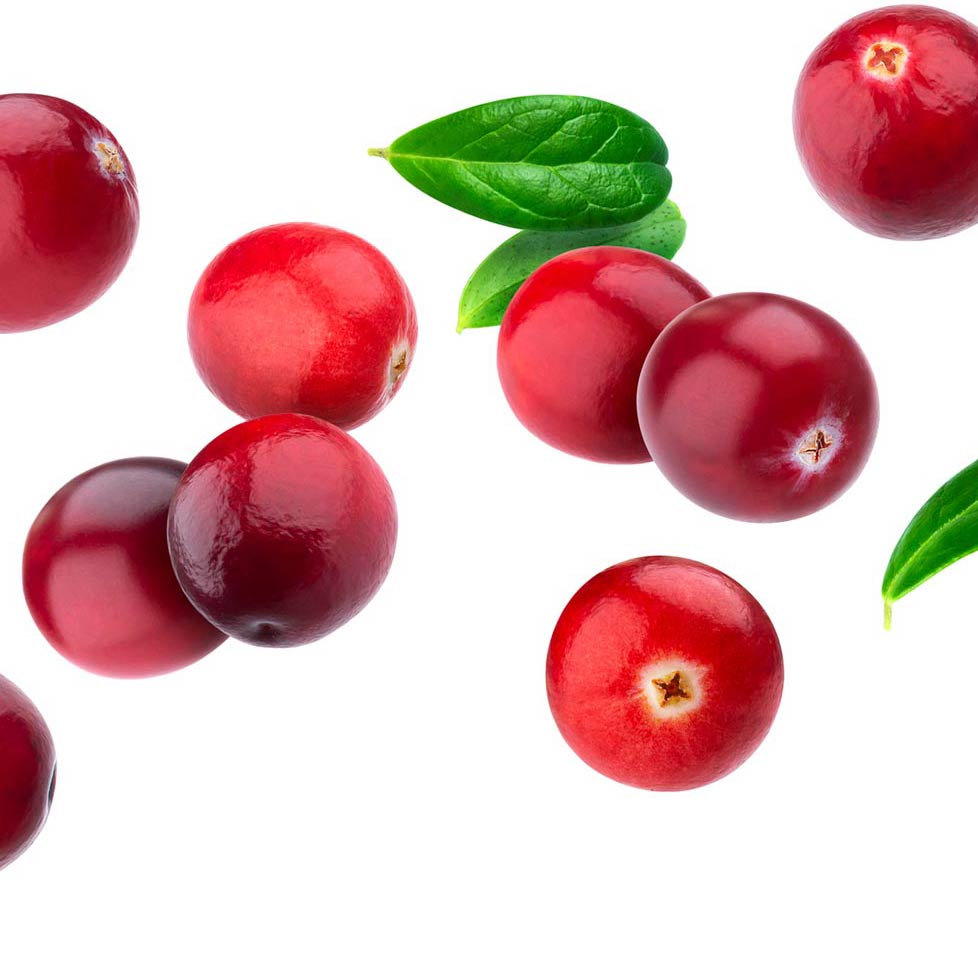
The Guardian
Protects against skin photoaging caused by infrared and ultraviolet radiation
Learn More About the Stem Cells
Dermatologist Tested
Skingoo offers clinically proven natural stem cell solutions obtained from European citrus fruit (Citrustem™), flower petals from Althaea Rosa (Altheostem™), lingonberries (Lingostem™) and Japanese orchid flowers (Orchistem™) all sourced from ecologically and ethically sustainable sources.
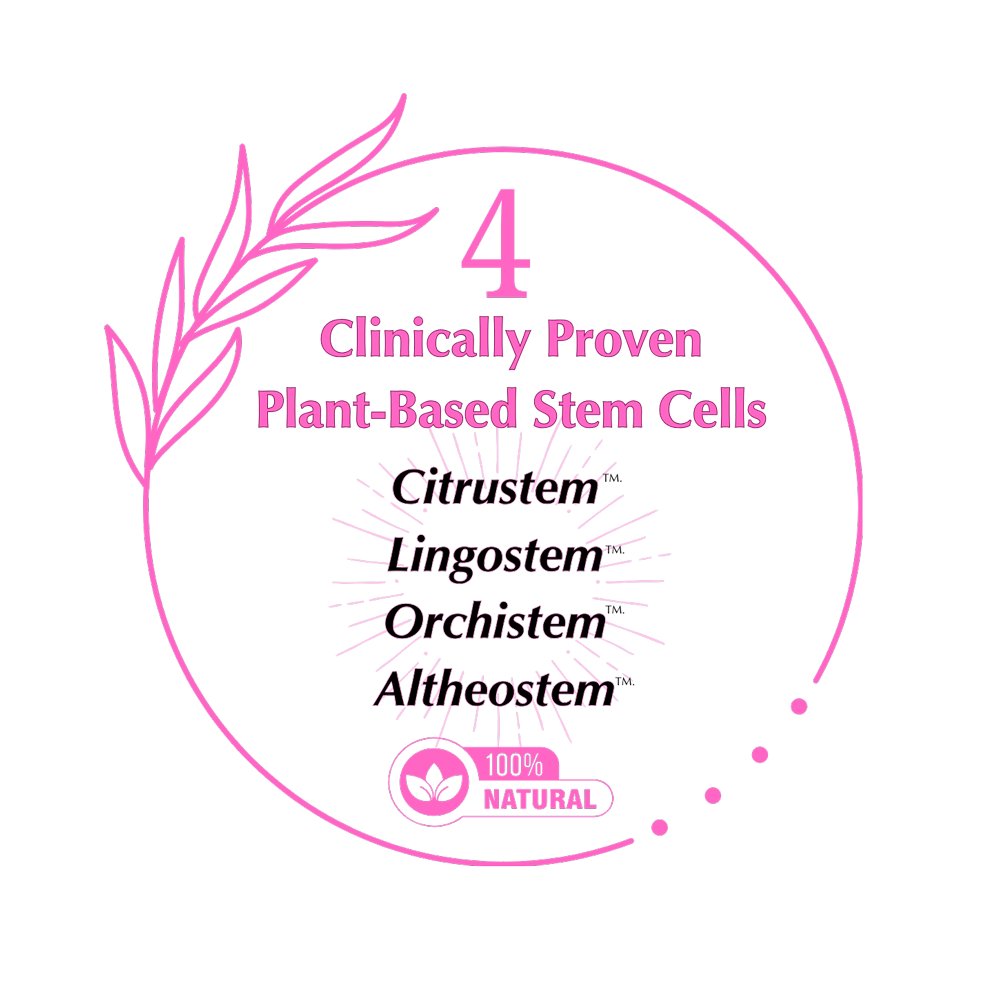
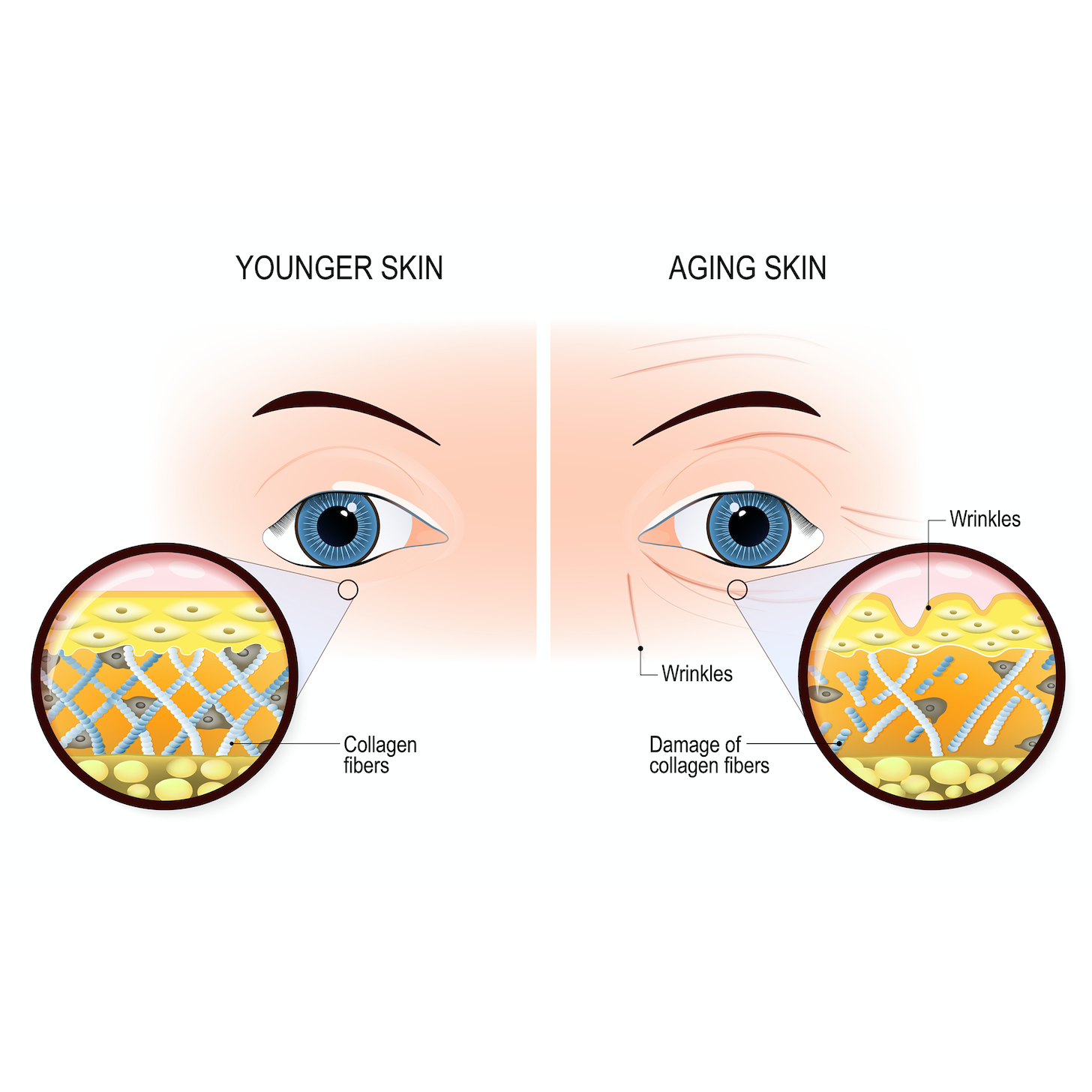
Collagen & Elastin Gene Production Increases over 200%
Collagen & Elastin are vital in the fight against visible signs of aging such as wrinkles and sagging, crepey skin. Delays the onset of aging when used on younger skin, too.
Dermis Before and After 56 Days of Use
The dermal density is noticeably more structured, with a much stronger network of elastin and collagen fibers. This visibly denser web of connections results in skin that is smoother, tighter, softer, and more youthful looking.
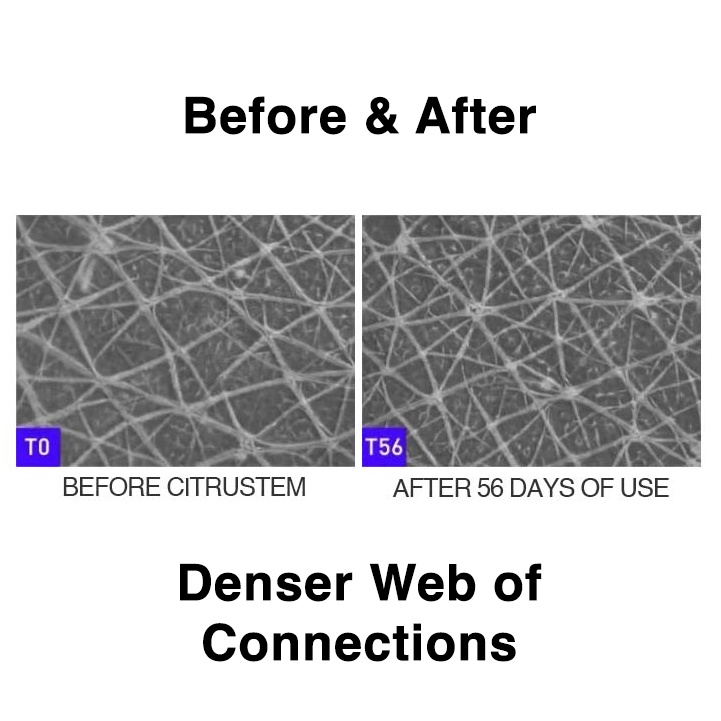
Gold Standard Vitamin C: Ascorbyl Glucoside
Ascorbyl Glucoside is a water-based derivative of Vitamin C and the gold standard in skin care due to its high stability and efficacy.It brightens dull skin and fades hyperpigmentation, helping to create a radiant glow while promoting collagen synthesis more efficiently than other forms of Vitamin C. In independent third party studies, collagen synthesis began to decrease at Day 5 when using other forms of Vitamin C, while collagen continued to build and remained stable with Ascorbyl Glucoside.

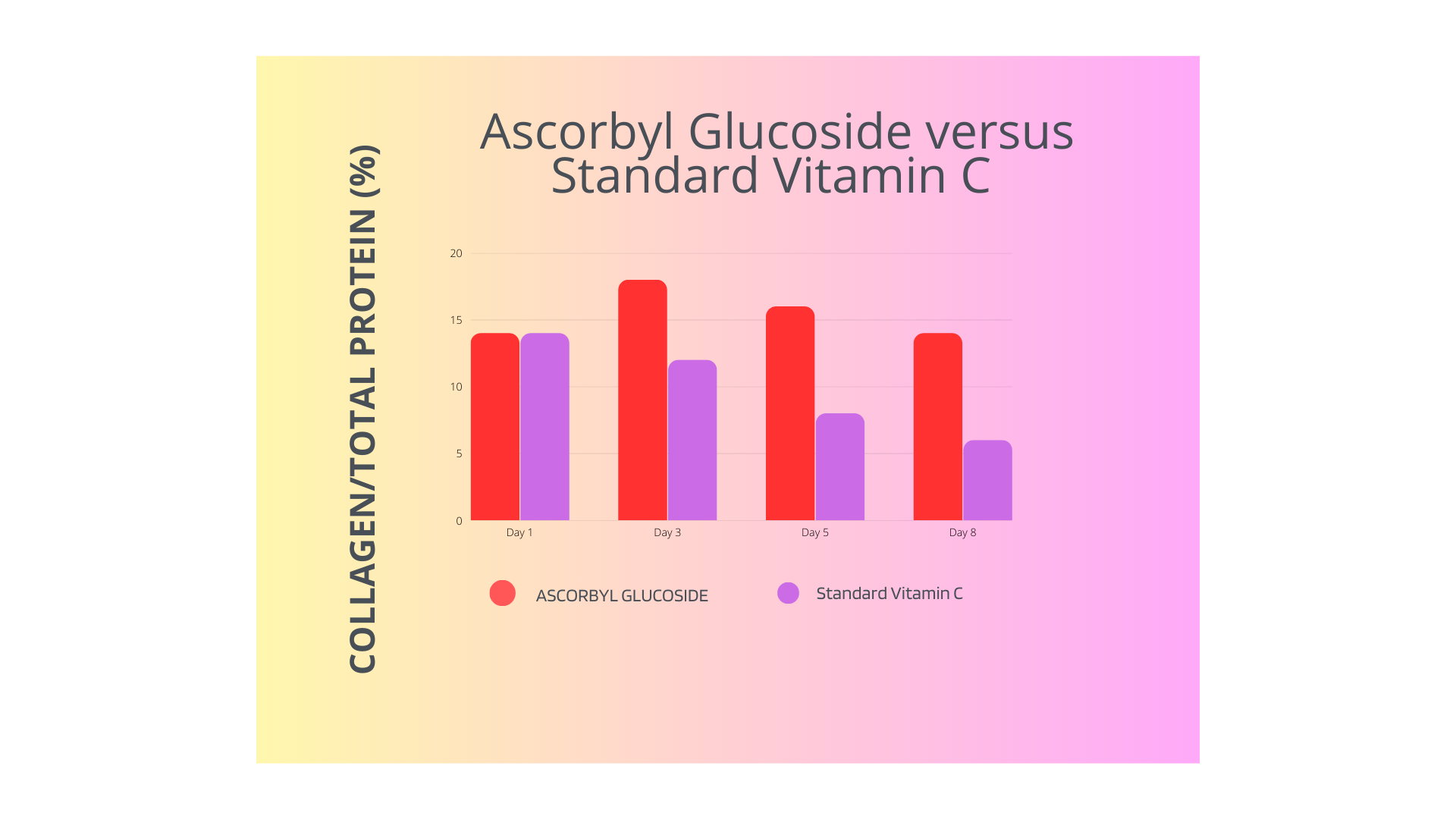
Collagen Synthesis: Ascorbyl Glucoside
In clinical testing, skin lightening effects of Ascorbyl Glucoside were measured in individuals aged 37 to 55.
Participants applied 2% Ascorbyl Glucoside twice a day for 90 days.
Skin lightening increased by 80% in 45 days, and 120% in 90 days.
Appearance of wrinkles improved noticeably after 45 days, and substantially improved after 90 days.
Hydrate Your Face Swiss Pentavitin®
Swiss Pentavitin® is clinically proven to ensure instant, deep hydration by generating a powerful moisture reservoir.
Swiss Pentavitin® benefits:
• 50% improvement in skin smoothness and softness.
• 43% reduction in flakiness and itchiness caused by dry skin.
• Provides 72 hours of hydration. Swiss Pentavitin® is 100% natural, providing a potent, effective, and dramatically-improved moisturizing effect for softer, more radiant, younger-looking skin.
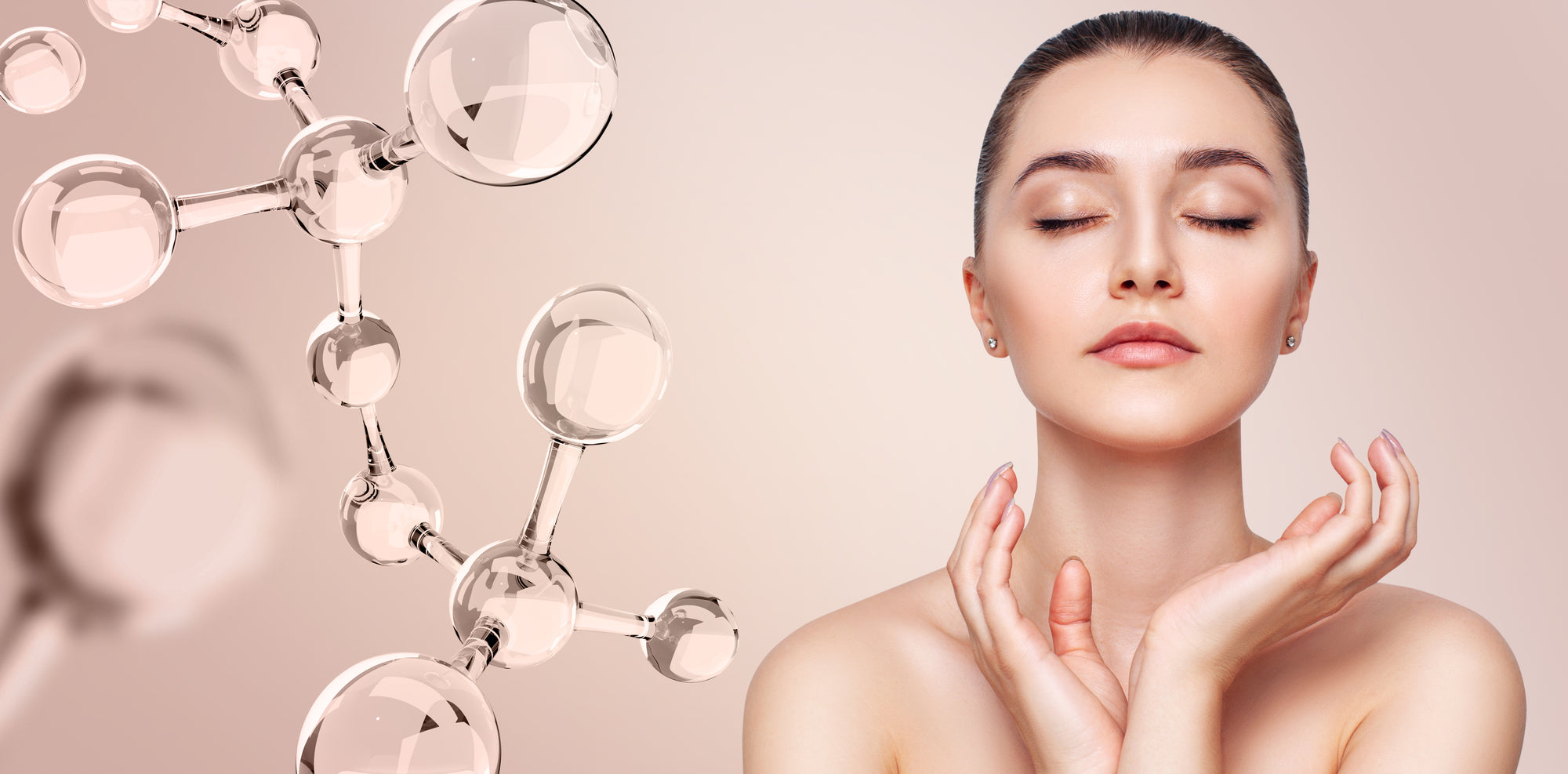
Studies & Whitepapers
Yoshimaru Kumano et al., In Vivo Prolonged Biological Activities of Novel Vitamin C Derivative, L- Ascorbic Acid, in Cosmetic Fields. Enhancing effect of L-Ascorbic Acid Derivative, on Collagen Synthesis Biol Pharm Bull 21 (7) 662-668.
Bazin R., Doublet E. Skin Aging Atlas: Volume 1 Caucasian Type. 2007.
Berge, U. et al. Hormetic modulation of differentiation of normal human epidermal keratinocytes undergoing replicative senescence in vitro. Experimental Gerontology. 2008, 43:658–662.
Colige A. et al. Novel Types of Mutation Responsible for the Dermatosparactic Type of Ehlers–Danlos Syndrome (Type VIIC) and Common Polymorphisms in the ADAMTS2 Gene. Journal of Investigative Dermatology. 2004, 123:656–663.
Contet-audonneau, J.L. et al. A histological study of human wrinkle structures: comparison between sunexposed areas of the face, with or without wrinkles, and sun-protected areas. British Journal of Dermatology. 1999, 140:1038–1047.
Eckert, R. et al. Transglutaminase Function in Epidermis. J Invest Dermatol. 2005, 124:481 –492.
Hernández-Martín, A. Avances biomoleculares en los trastornos epidérmicos hereditarios. Actas Dermosifiliogr. 2005, 96(4):203-216.
Holland D. et al. Molecular characterization of salt-stress-associated protein in citrus: protein and cDNA sequence homology to mammalian glutathione peroxidases. Plant Mol Biol. 1993, 21(5):923-927.
Izumi T. et al. Differential expression of α1 and α2 chains of type VI collagen in the upper, middle and lower dermal Fibroblasts In Vitro. J. Biochem. 1995, 117(5):1004-1007.
Kuo H. et al. Type VI Collagen Anchors Endothelial Basement Membranes by Interacting with Type IV Collagen. The Journal of Biological Chemistry. 1997, 272(42):26522–26529.
Li S. et al. Transgenic mice with inactive alleles for procollagen N-proteinase (ADAMTS-2) develop fragile skin and male sterility. Biochem. J. 2001, 355:271–278.
Misra V. et al. Global expression profiles from C57BL/6J and DBA/2J mouse lungs to determine aging-related genes. Physiol Genomics. 2007, 31(3):429-440.
Nolte K. D. et al. Prolina accumulation and methylation to proline betaine in citrus: implications for genetic engineering of stress resistance. J. Amer. Soc. Hort. Sci. 1997, 122(1):8-13.
Petrini, S. et al. Two and three dimensional imaging in confocal laser scanning microscopy – application or collagen VI defect studies. Microscopy: Science, Technology, Applications and Education. 2010, 1:649-657.
Piérard G. E. et al. From microrelief to wrinkles. An area ripe for investigation. Journal of Cosmetic Dermatology. 2004, 2:21–28.
Pugliese P. Physiology of the Skin. SKIN, INC., 2001.
Ryu, H. et al. Influence of age and regional differences on skin elasticity as measured by the Cutometer®. Skin Research and Technology. 2008; 14: 354–358.
Watson, R. et al. Distribution and expression of type VI collagen in photoaged skin. British Journal of Dermatology. 2001, 144:751–759.
Wu M. et al. Effects of recombinant human collagen VI from Escherichia coli on UVA-irradiated human skin fibroblasts cells. African Journal of Biotechnology. 2011, 10(37):7271-7278.
Anti-Aging Properties of Plant Stem Cell Extracts. Malgorzata Miastkowska and Elibieta Sikora. Faculty of the Chemical Engineering and Technology, Institute of Organic Chemistry and Technology, Cracow University of Technology, Warazawska Poland. Published September 22, 2018 MDPI Journal of Cosmetics
